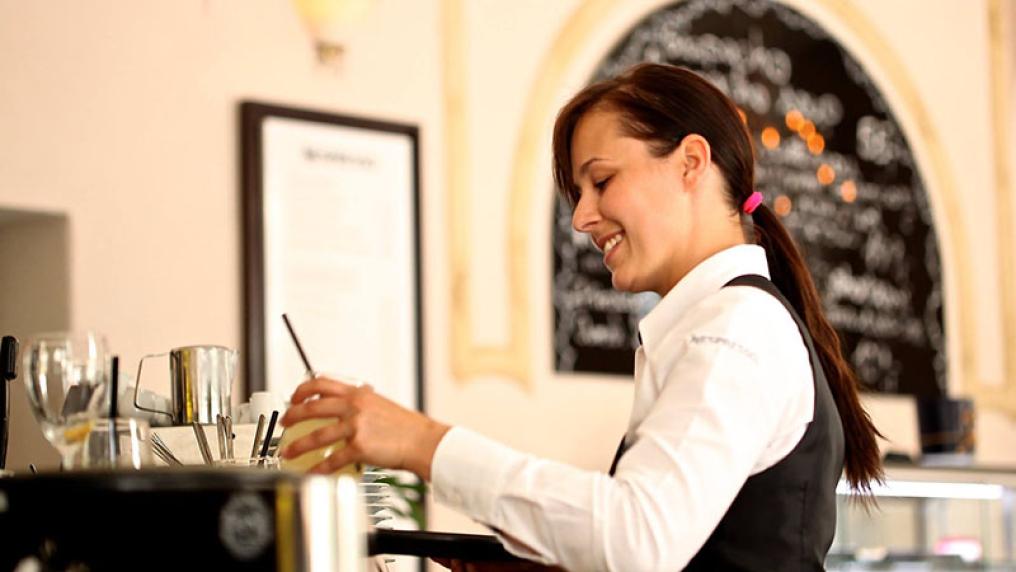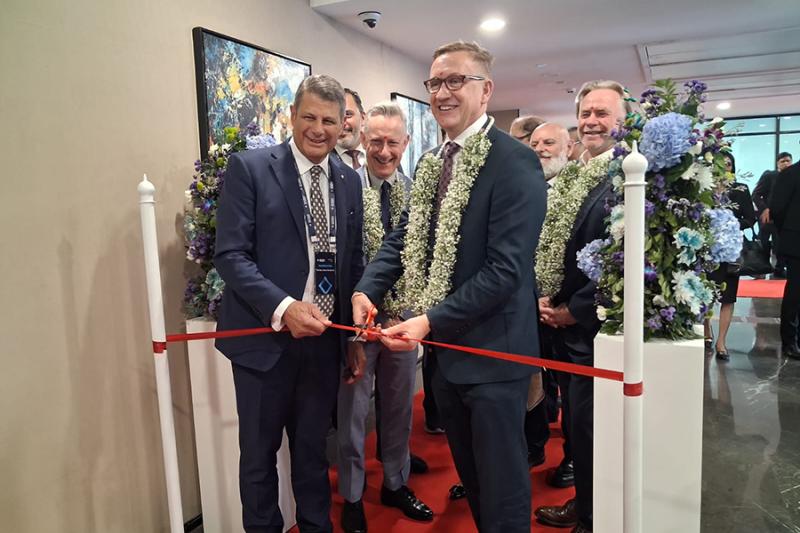Visitor economy will provide Australia’s next big wave of entry-level jobs

Australia’s ‘visitor economy’ could provide the next big wave of entry-level jobs to replace junior jobs now declining in the retail sector, a new Victoria University study finds.
Research conducted for VU’s School for the Visitor Economy (SVE) shows Australia’s booming visitor economy – which currently accounts for one in 18, or about 650,000 jobs – will generate even more job opportunities, particularly for hotel and café workers, airport staff, and petrol station attendants.
The study, conducted by VU’s Centre of Policy Studies (CoPS), is important so the SVE can help meet the workforce demand in Australia’s hospitality and tourism industries by delivering courses at all levels, from pre-vocational to PhDs.
Report co-author Associate Professor Janine Dixon said many of the occupations set to expand in the visitor economy are often performed by students on a short-term basis.
“Relative to other similarly skilled occupations in areas such as retail, these roles are less subject to replacement by new technologies. The visitor economy, therefore, is well placed to offer entry-level employment opportunities to students and other workers.”
The visitor economy is much broader than tourism and calculates goods and services purchased by three types of visitors: foreign tourists; international students; and domestic tourists, or Australians on holiday or on business within the country, who overwhelmingly dominate the sector.
Economic modelling examined the impact on jobs when each group was stimulated by one per cent.
Findings
- A 1% increase in domestic tourism, which currently generates about 400,000, jobs and accounts for about two-thirds of spending in the visitor economy, means more jobs for transport workers such as drivers and pilots, as well as hotel and restaurant staff. However, as Australians spend more on travel in the country, less of the household budget is spent in areas such as childcare and hairdressing, meaning decreasing demand for personal service roles.
- A 1% increase in overseas students will not surprisingly, lead to more jobs for university teachers, as well as more accommodation and food-service jobs. While students make up only six per cent of all international arrivals or about 600,000 visitors, they typically spend 14 times as much as other overseas visitors because they stay much longer.
- A 1% increase in Australia’s international non-student tourists, who number about nine million visitors, will lead to about 2000 more jobs, particularly in accommodation and hospitality. However, with strong demand comes pressure on the Australian dollar, making exports more expensive, and several hundred fewer jobs in export-focused areas such as mining.
The Centre of Policy Studies has studied Australia’s visitor economy and its overall contribution since the 1990s, covering events such as the Sydney Olympics, the F1 Grand Prix, the Australian Open Tennis and the introduction of the GST.
Professors John Madden and Philip Adams also contributed to ![]() Modelling the Visitor Economy
Modelling the Visitor Economy


